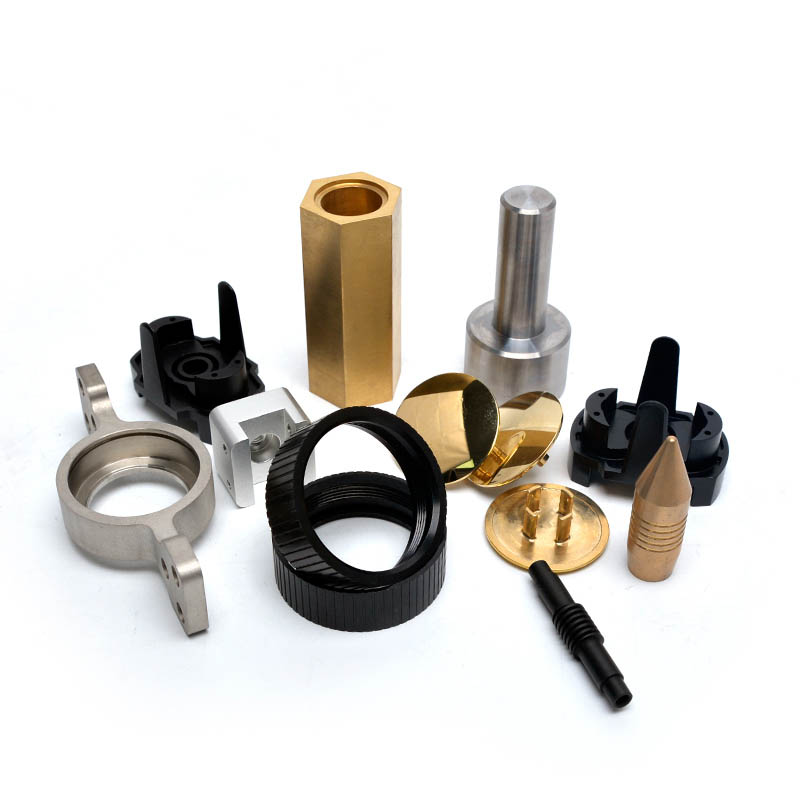As a mechanical engineer, buyer, or designer, it is crucial to understand the importance of fitting tolerance when it comes to manufacturing and assembling machinery. Fitting tolerance is the degree of looseness or tightness between two mating parts. Proper fitting tolerance directly affects the functionality, reliability, and durability of the final product. Therefore, it is essential to inspect fitting tolerance accurately to ensure seamless performance. In this blog, we will discuss the steps involved in inspecting fitting tolerance.

Step 1: Choose the Right Measuring Instruments – The first step in inspecting the fitting tolerance is to choose the right measuring instrument. Common measuring instruments used in inspection include micrometers, height gauges, calipers, and dial gauges. For instance, micrometers are effective for measuring diameter and length, whereas height gauges are perfect for measuring the height of a part. Make sure that the instruments are calibrated and adjusted before measuring.
Step 2: Understand the Drawing or Specification – Inspecting fitting tolerance requires a thorough understanding of the drawing or specification provided by the manufacturer. The drawing indicates the required dimensions and tolerance limits of the parts. The tolerance limits are denoted by upper and lower limits, signifying the smallest and largest acceptable sizes for the part.
Step 3: Measure the Parts – Once you have the measuring instrument and the drawing, start measuring the parts. Measure each part three times at different positions and angles to ensure accuracy. Calculate the average of the measurements and subtract the smallest value from the largest value to get the actual size of the part. Compare the actual size with the specified size in the drawing to determine if the part falls within the tolerance limit.
Step 4: Record the Measured Values – Record the measured values, including the dimensions, tolerance limit, and measurement tool used. This information is necessary for quality control and future reference. If the measured value falls outside of the tolerance range, it is important to take corrective actions to bring it within the limit.
Step 5: Analyze the Results – After measuring and recording the values, you need to analyze the results to determine the fitting tolerance. Determine whether the parts have a tight fit, clearance fit, or transition fit. If the parts have a tight fit, they are usually difficult to assemble. On the other hand, parts with a clearance fit have more room for error and allow easier assembly.
In conclusion, inspecting fitting tolerance is a critical requirement in manufacturing and assembling machinery. Choosing the right instruments, understanding the specification, measuring the parts accurately, recording the values, and analyzing the results are vital steps in ensuring that the parts fit and perform as intended. By following these steps, you can ensure that the end product is of high quality, reliable, and durable. Get started today, and make fitting tolerance a priority in your projects!